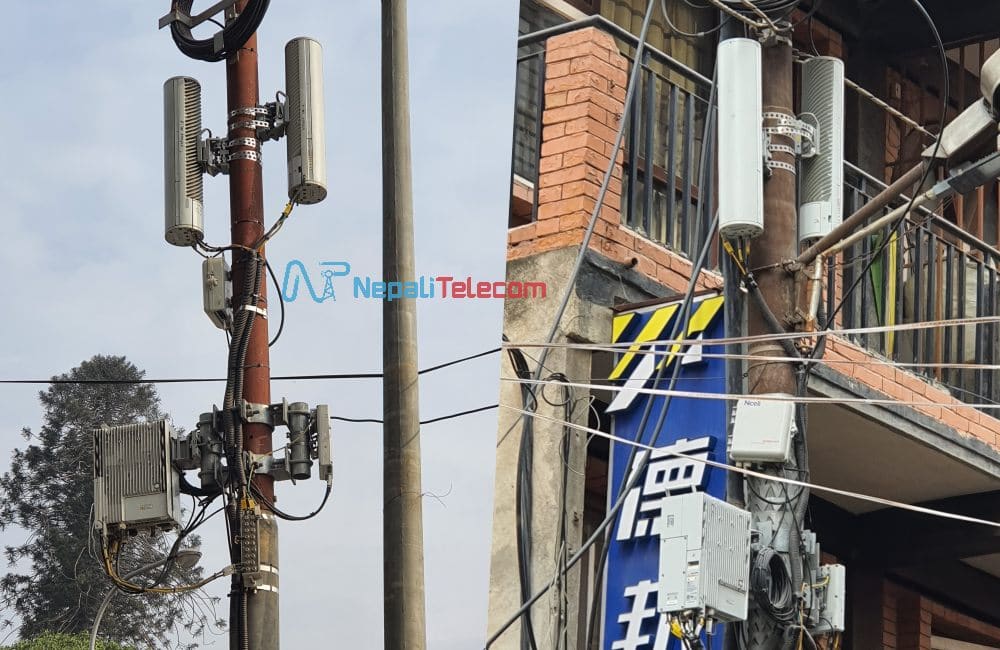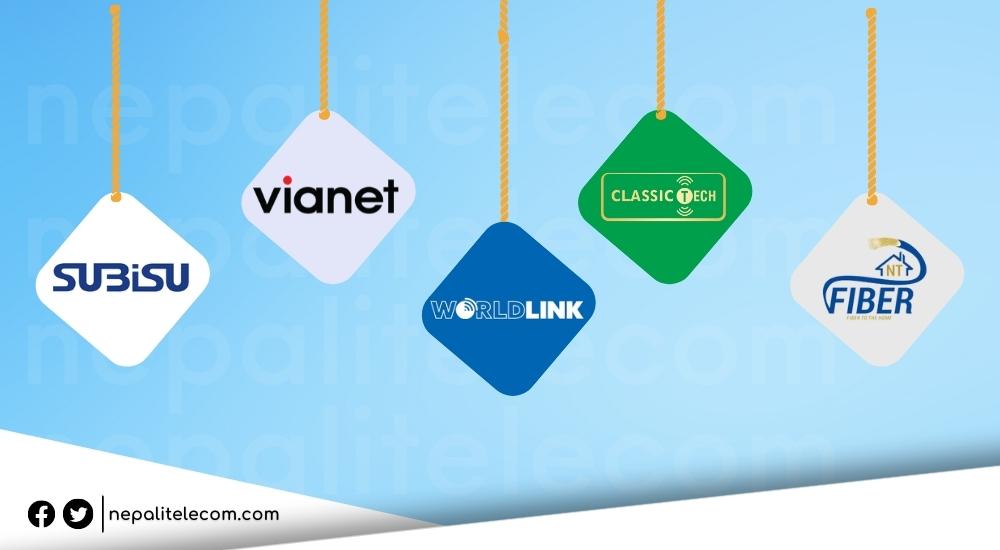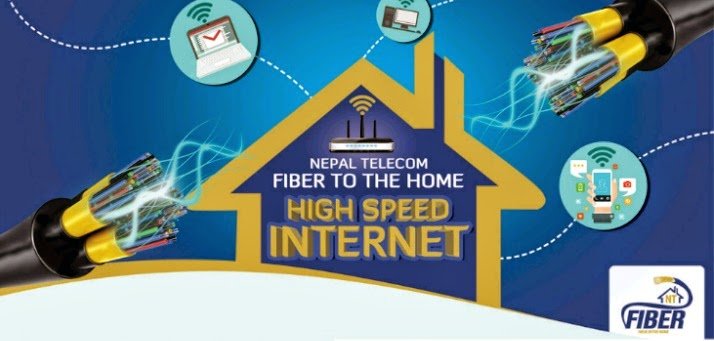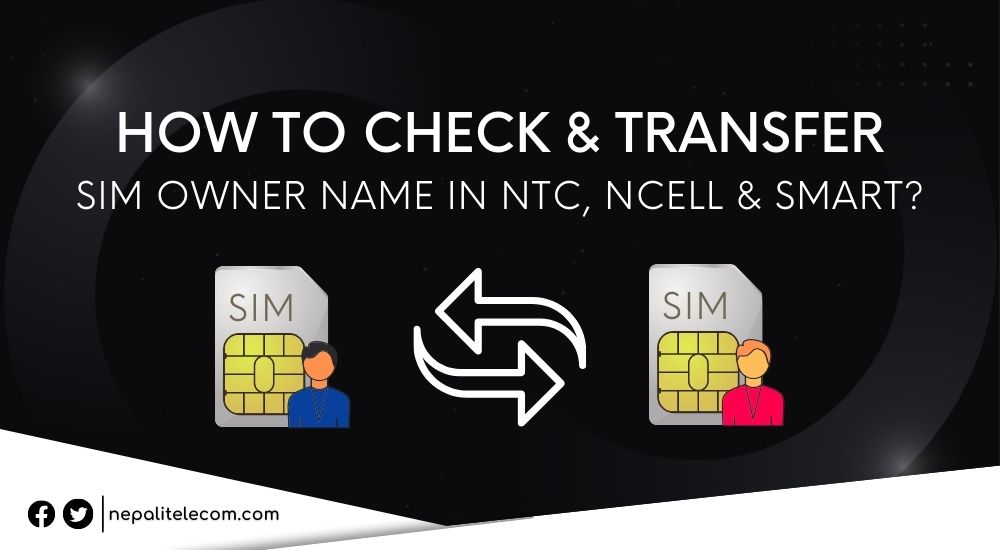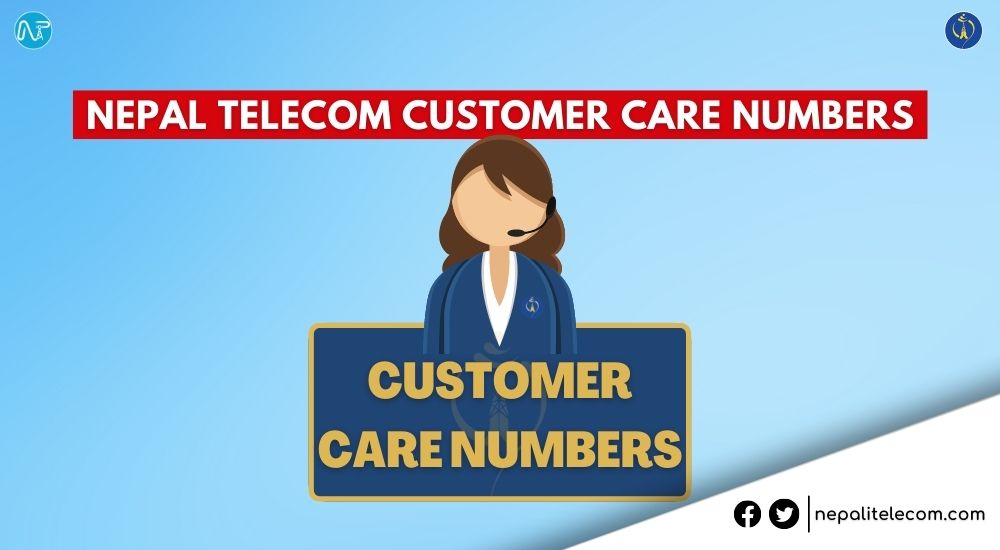- Nepal Electricity Authority (NEA) increased pole and OPGW rentals by 5.85%, effective August 18, 2025.
- New pole rental is Rs 33,872 per core per kilometer; node point equipment installation fee is Rs 160,460.
- Increased pole rental costs may result in higher internet prices for consumers.
Nepal Electricity Authority (NEA) has raised the rentals of the poles and Optical Ground Wire (OPGW), which carry cables of different services, including the internet. The authority raised the pole rentals by 5.85% effective from Sunday, August 18, 2025.
As per the practice, NEA raises pole rental fees every five years. According to Subsection 2 of Section 5, whichever is higher between 5% and the inflation rate as per the Nepal Rastra Bank (NRB), is implemented for the rental hike. It’s an agreement between the NEA and internet service providers (ISPs).
Pole rental rates as per NEA
NEA has set Rs 33,872 per core per kilometer as the new fee to run fiber cables on poles. Likewise, in the NEA vicinities, node point equipment installation fee has been set at Rs 1 lakh, 60 thousand, and 46. So, there’s an increase of Rs 1,982 per core per kilometer for running fiber cables on poles. Likewise, the node point installation has increased by Rs 9,363.
| Description | Fee |
| Fiber cable running on poles | Rs 33,872 per core per kilometer |
| Node point equipment installation | Rs 1,60,046 |
Telecom and internet service providers have been sent a letter regarding the tariff hike. It was signed by Chandan Kumar Ghosh, Director of the Electricity System Operation Department under the Transmission Directorate of the NEA. The NEA had decided to increase the tariff on Shrawan 30.
Check out: Find latest fiber internet user details
Pole tariffs to increase the internet price?
Hiking pole rentals could lead to an increase in internet prices for end customers. The topic itself has remained a broader issue between ISPs, telcos, and NEA. This time, the electricity authority has increased the fee for the usage of utility poles. ISPs, cable TV providers, and telecom companies use NEA poles to run cables to provide their services to customers’ places.
In recent years, ISPs have engaged in an internet speed and price war. So, there is a competition to provide internet services at an affordable rate. However, the higher charge for pole tariffs could force ISPs to translate a sum on customers’ subscription bills.
Do you think ISPs will increase internet prices on the basis of higher utility pole tariffs? Do share your opinion in the comment section below.


